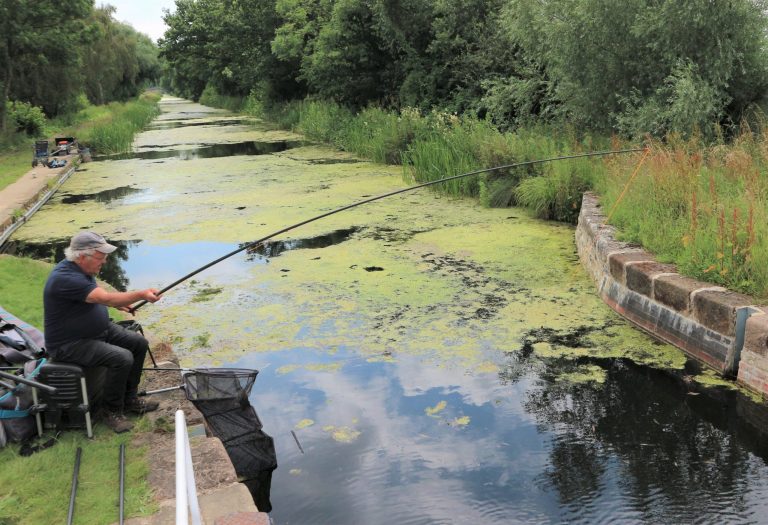GOOD TIMING
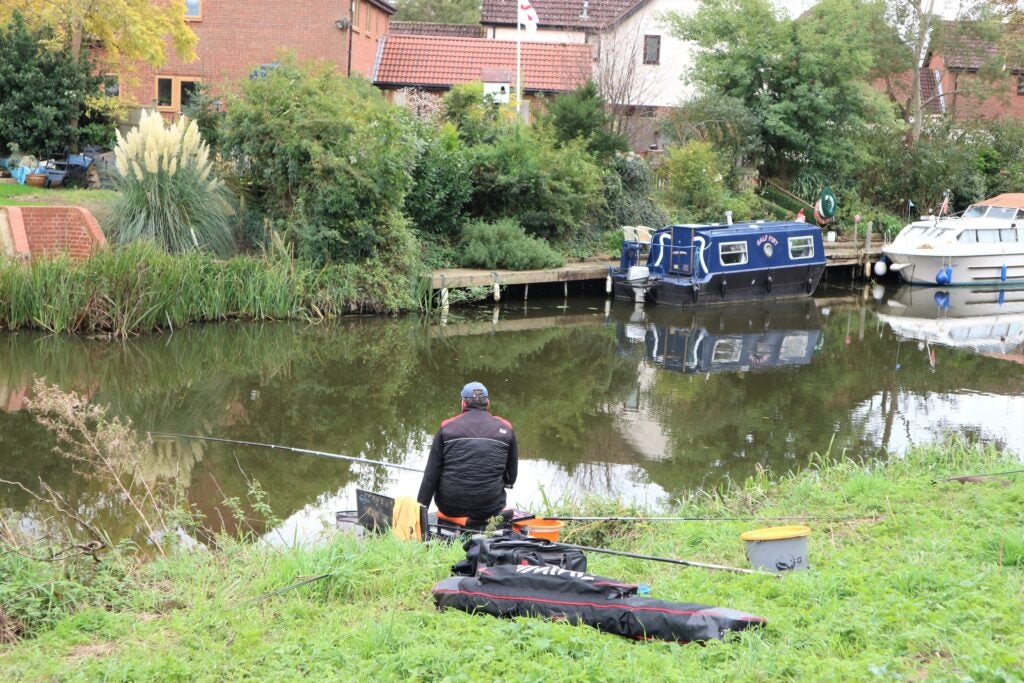
Many years of match fishing, where I had to make the best of whatever peg came out of the draw bag, taught me a lot about places fish inhabit. There were of course obvious hotspots, but just as many swims had far more subtle reasons for being good, which would have been easy to miss unless forced to park my gear in them. On some venues, whole sections became exceptionally prolific at certain times of the year, quickly turning into lost causes during quiet periods in between. Famous beats of the Old River Nene can be like this, where built-up areas with landing stages and moored boats get massive injections of new fish throughout the winter. The same applies to the sheltered part of the River Welland at Spalding, pulling fish from far and wide when it gets cold. These migrations don’t always happen to order, but when the huge shoals do turn up, a hectic winter bonanza attracts keen anglers from many miles away.
BUSY PLACES
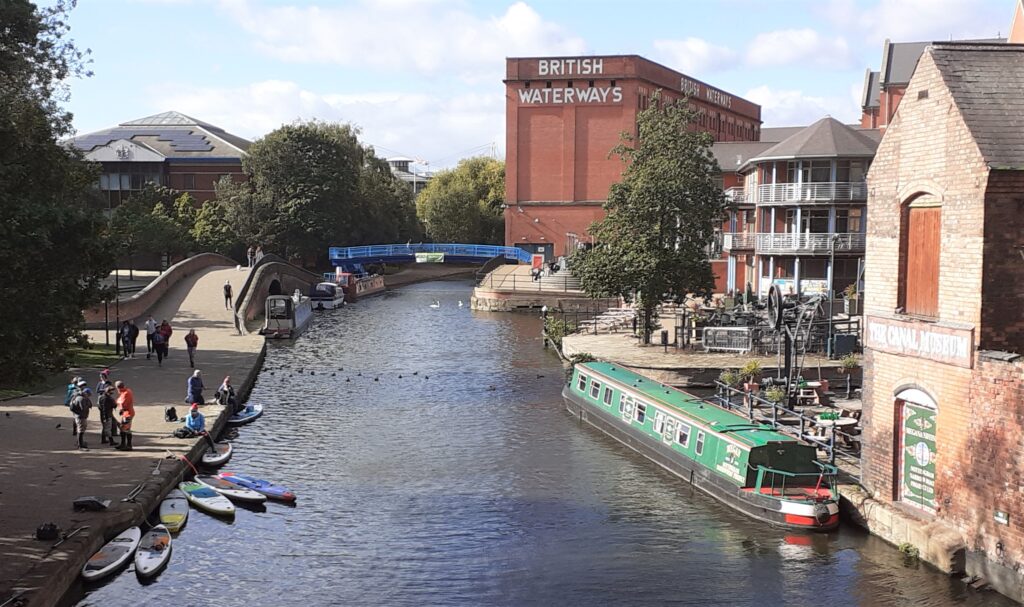
It’s not just on rivers and drains where fish move about in large numbers; the same can apply to canals. Busy areas in city and town centres tend to attract large shoals, mainly I suspect because potential prey fish feel safer from predators. There is likely to be more grub about too, either discarded fast food, or bread that’s regularly fed to waterfowl. Old industrial locations on urban canals often have wide turning bay areas, along with various offshoots and custom-made moorings. These are all great places for fish to hole up in, out of the main boat channel. It doesn’t matter how busy towpaths in these areas get, because fish become used to all the activity, plus it’s likely to keep the deadly plague of cormorants at bay. Wide bays are normally hotspots for carp, bream, skimmers and quality roach, while overhanging structures can be sanctuaries for most species. Moored craft and landing stages are always good cover to explore.
ARTIFICIAL FEATURES
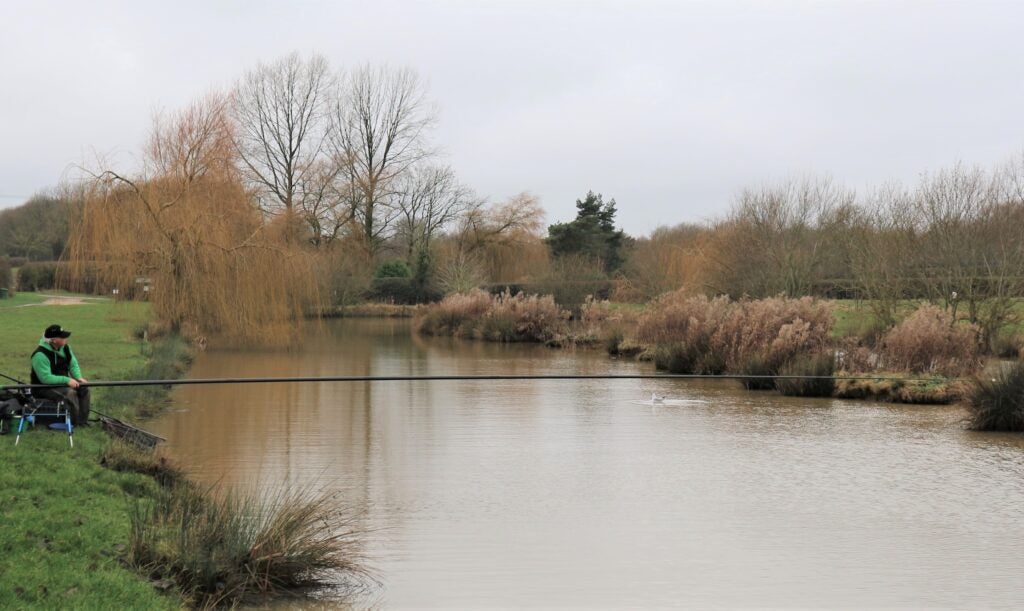
Commercial lakes and snakes often have special built-in features like islands and out-of-bounds far banks, which make great holding spots for lots of different species. It gives the angler something interesting to focus on, certainly better than tackling a barren open water pool. Features also help to create windbreaks, making it a bit less severe when the weather is rough. Snakes are like canals but without all the hassle of boats and bikes, so they have become a popular haven for pole anglers. It’s not all about carp either; quite a few are heavily stocked with mixed species, even chub and barbel. Most of the big weights come to far bank tactics, fishing long poles tight against the reeds and rat holes on the opposite bank. I couldn’t do this regularly, but do enjoy the occasional dabble for the prolific silver fish these places often hold. I’m not into dangling shallow rigs against the far side mud holes, preferring using a bit more finesse closer in.
SMALL POOLS
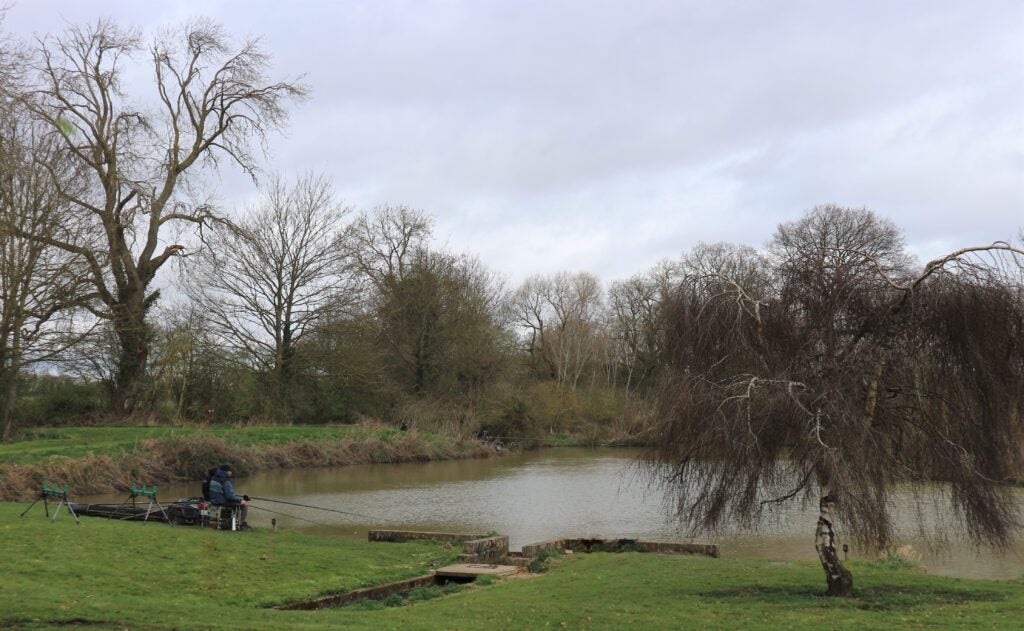
I’ve been fascinated by small stillwaters since I was a kid living in the Far East. There was a Buddhist temple that had a couple of ponds, and the monks there didn’t mind me fishing them, finding my enthusiasm amusing. These places were teeming with exotic species, but became even more interesting when I found a way of enticing bigger catfish. Not massive but great fun. There were lots of open storm drains that connected to some of these pools, so you never knew what might turn up. I even spotted a fair-sized catfish living in a drain that ran outside our house in Singapore. This tropical island had early commercial fisheries too, whole complexes of shallow concrete pools, which were stocked with all sorts of species. You could buy bait, hire tackle and have a great time catching lots of small fish, or target proper monsters. To this day, I can’t pass a small pond without exploring it. This one is near where I currently live and full of fish.
WELL CONNECTED
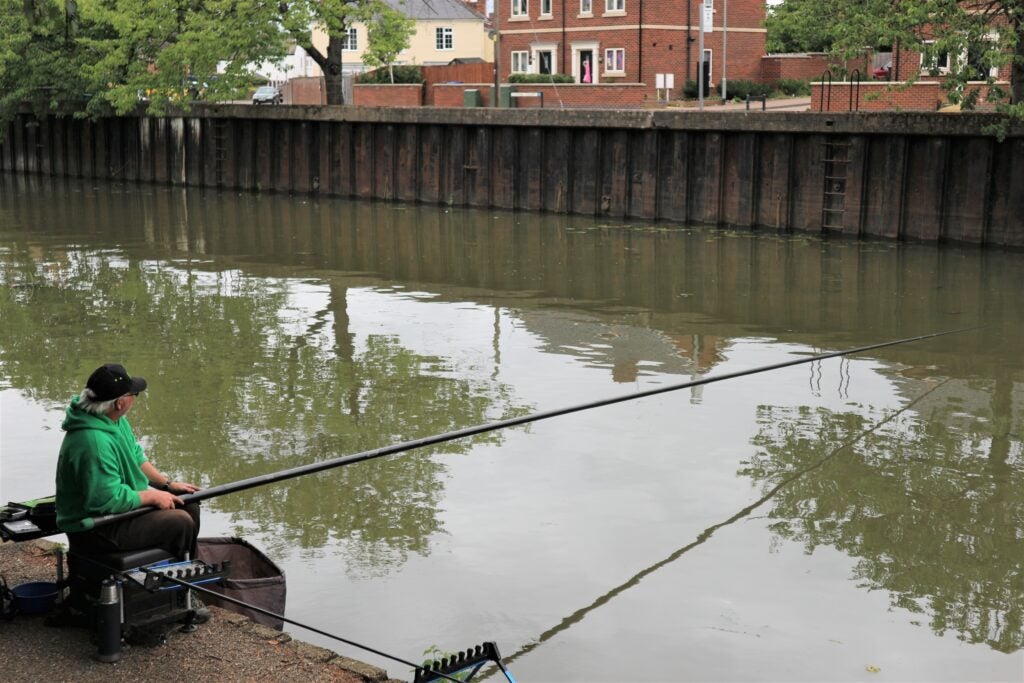
Lincoln’s Fossdyke is the oldest canal in the country, originally built by the Romans, although it looks more like a modern drain these days with its flood prevention embankments and metal piling. Three rivers and various smaller drains are connected to this 11 mile stretch of waterway, so it’s always going to be fascinating regarding what gets in there. I only discovered the venue a couple of years ago, thanks to a local angler tipping me off. Many stretches had been neglected fishing-wise for years, but new blood in the local angling club began to change all that. Heavily overgrown banks on the towpath side were opened up again, revealing pegs that haven’t seen an angler for many years. Interestingly, noted hotspots going back decades, still produce the goods. It’s typical canal fishing with wider areas producing bream, along with far bank havens and inside weedy margins producing lots of mixed species, including big perch and stray tench.
PROLIFIC BAYS
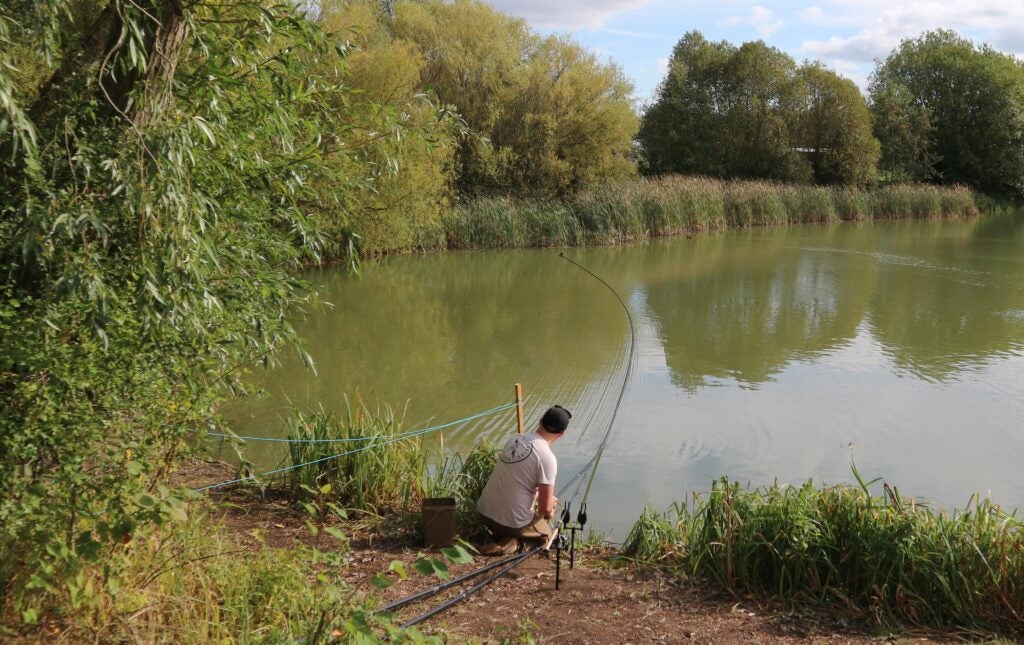
When I started fishing, the textbooks said you needed the wind to be blowing into reed-lined bays. To be fair this does help when a big blow colours the water, but I find these places still produce okay most of the time, even in calm conditions. Some bays, like this one, have deep margins. These are always worth exploring, in this case over to the far bank by a carp angler, using the longest pole and feed cup I’ve ever seen! The nearside will also produce, especially in this instance where the corner has been roped off by the bailiff to create a quiet sanctuary. One major problem you need to look out for in such places is sunken debris on the bottom. Bays that see a prevailing wind blowing into them often have big accumulations of twigs and branches, requiring some careful preliminary work with a plummet to find clear areas. The bigger fish often show better in the margins, hanging back just off where any bottom debris has built up close in.
PEACEFUL CORNERS
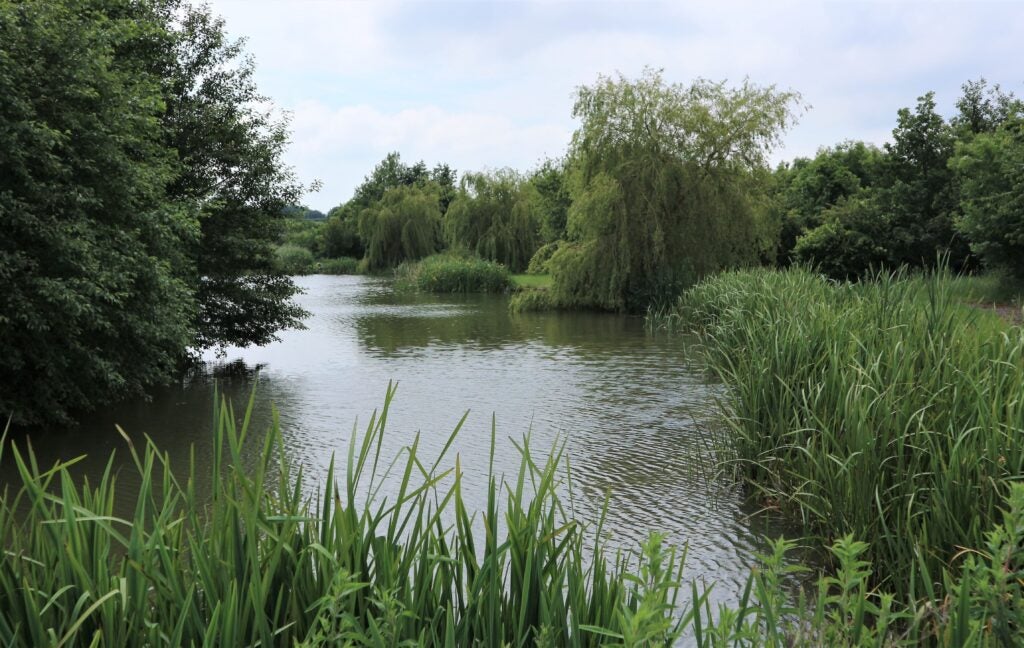
Even quite busy day ticket lakes often have overgrown areas, where you can find some spots well out of the way of any bankside activity. These quiet havens can be very productive, although sometimes they are awkward to fish. It’s worth the effort because such areas can be great for good catches or big fish, due to angling pressure pushing the inhabitants into them. I’ve also noticed the wind often blows floating debris into sheltered corners like this, which fish quickly follow searching for food. These are prime places for rudd, perch and carp, particularly in the margins. Even bream and tench will move in. On this lake in Rutland I was fishing out into deeper water and struggling, but occasionally I noticed something disturbing the bottom almost at my feet. I quickly set up a margin pole rig and to my amazement caught a proper slab of a bream straight away. This was followed by a tench, bonus fish I could easily have missed.
INVITING ISLANDS
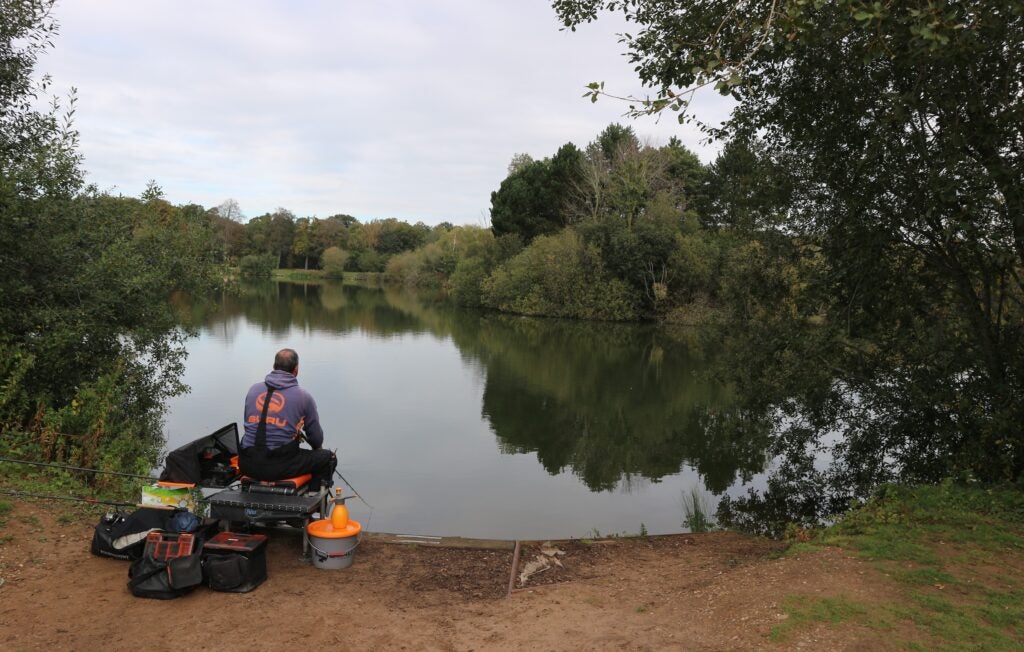
It’s blatantly obvious island features are worth exploring, whether they are within easy casting distance or require long chucks. I have many lasting and pleasant memories of exploring swims like these, although they are often occupied, unless you get to them very early. This island is on the Specimen Lake at Woodland Waters and apart from producing lots of carp, also offers a couple of bream hotspots, where it’s deep tight against the overhanging cover. This reminds me of a similar feature in the lake at Gloucester Park down in Basildon, which I used to visit a lot when I lived nearby. The big island there was undercut and you could catch big fish like carp, bream and even odd chub, by casting loaded wagglers or feeders as tight as you could get them. It was tricky, but you knew when a cast was on the money and that a bite would result. There wasn’t much need to feed anything because the fish were always resident.
STRANGE PLACES
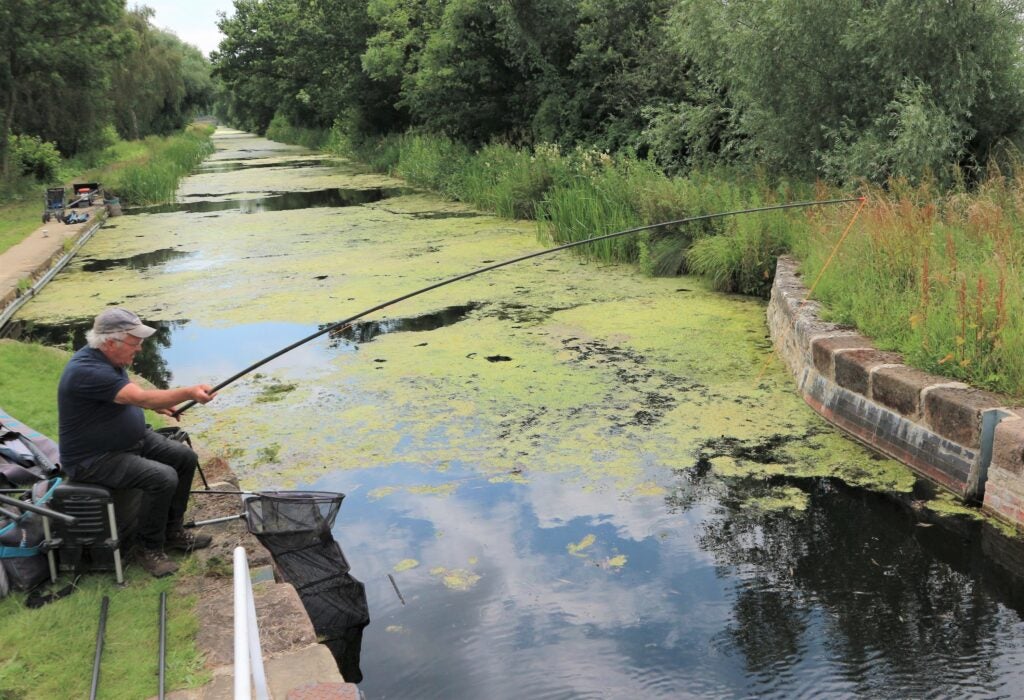
I found myself fishing into this lock last summer, because as you can see, the rest of the canal was badly choked with weed. Events initially went well as I connected with something big in the mega-deep water inside the main chamber. However, it turned tricky when the beast swam out to where the canal is only a few feet deep. Luckily, I was using a puller bung, which helped a lot in landing what turned out to be a thick-set tench. Fish hang around locks because there is normally some water movement, even when not being used by boats. Water movement also came into play on on a reservoir in Northumberland I fished. I was drawn to a small concrete structure built around an inlet pipe. I never saw this pumping any water in, but with a plummet discovered a pronounced bottom contour had been gouged out over the years. I fished into this gulley, which was the only feature I could find and enjoyed catching bream all day long.
METAL PILING
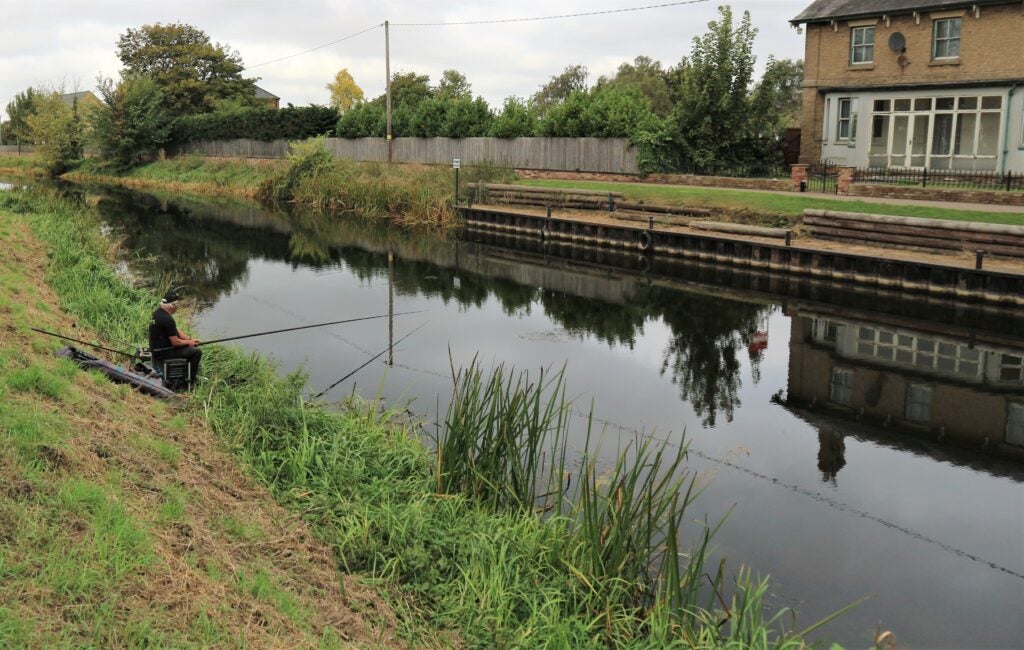
When you see piling like this, which is supporting a long concrete landing stage at Benwick on the Old River Nene, it’s likely the water will have some depth tight against it. Boats scour the bottom out and often it’s possible to catch fish right up against the structure. That’s exactly what I ended up doing, as I worked my way across to the far bank, eventually switching away from the pole and catching with waggler tackle. I once drew a remarkably similar looking feature on the Grand Union Canal, in a big annual London Angler’s Association Canal Benevolent match. This was going back to when there used to be several hundred competitors lining the towpath and spread over many sections. I took a gamble and threw a ball of punch crumb right against the piling at the off. I knew punched bread was very effective on the stretch in question and caught quality roach all day. Back at H.Q. my catch was worth a big trophy and fat envelope of cash.
FAR BANK COVER
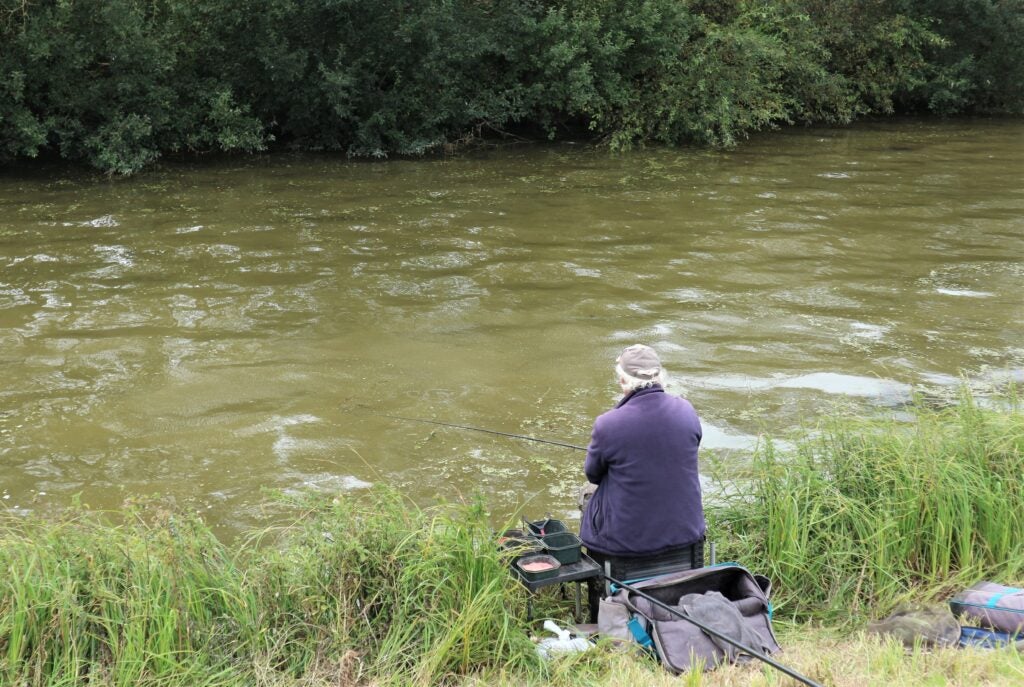
The far bank of many rivers, canals and drains is where I have regularly ended up catching with waggler tackle. It’s a nice way to go, instead of trying to hang onto 16 metres of pole. Fish often retreat under far side cover, particularly in venues with regular boat traffic. If this was my old stomping ground back on the River Lea Navigation where I first started match fishing, I would be thinking waggler, casters and chub. Mick Saggers was a top Southern angler who fished in Dickie Carr’s ABC team, a maestro at waggler fishing. I drew next to Mick when he won an Open event at Ponders End with a masterly display, sideways casting his tackle beneath the overhanging branches of trees opposite. He caught chub after chub. Trying to follow suit, I hung many prized floats in the trees. He showed me afterwards how to do it right and I still enjoy the technique to this day. Not chub on this Midlands canal, but still plenty of quality silver fish.
DRAWN BY BRIDGES
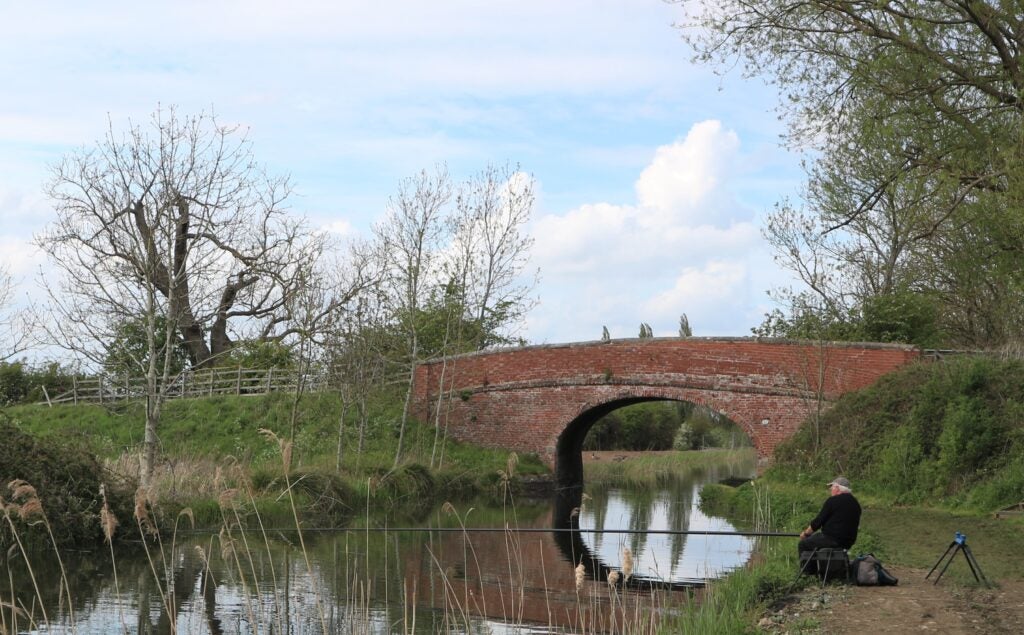
Bridges are prime hotspots. It doesn’t matter if it’s canals, drains or rivers that they span, fish home in on them like bees to honey. Strangely, it doesn’t matter if there’s busy traffic thundering over the structure; the extra cover is normally enough to hold most species underneath, or close by. It’s not just the bridge that attracts either, also the deeper water around such places, where the banks have been concreted or piled. The immediate pegs around this bridge on the Grantham Canal are always solid with rudd and perch, with good chances of bonus tench. If it’s sunny, it’s worth chasing the shoals right underneath. I can recall some great bridge pegs on the Grand Union where they were the only places you could catch elusive chub, also many small river glides where you didn’t know what might turn up next, trotting float tackle into the dark water underneath foot and road bridges. These features always make fishing interesting.

